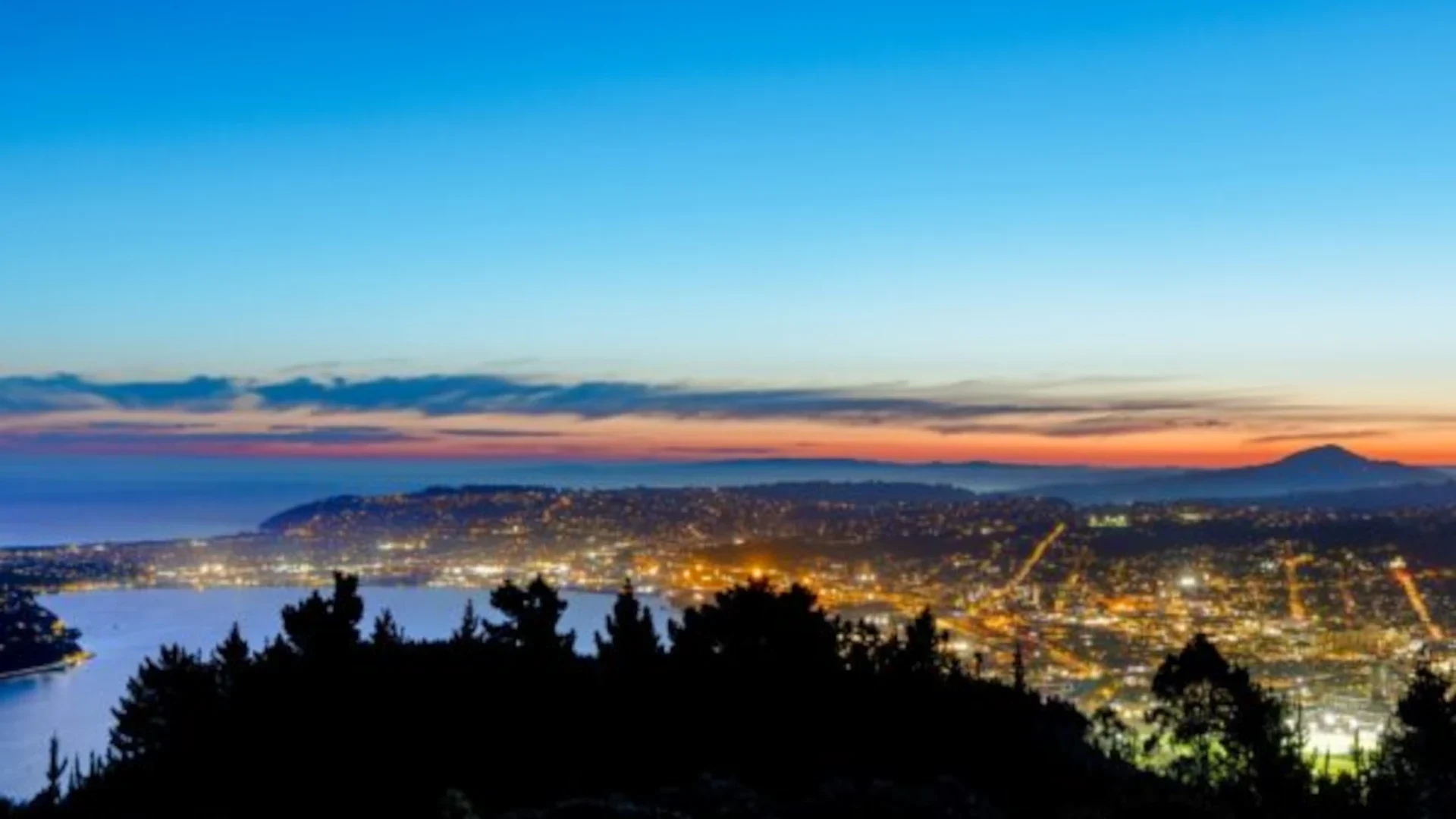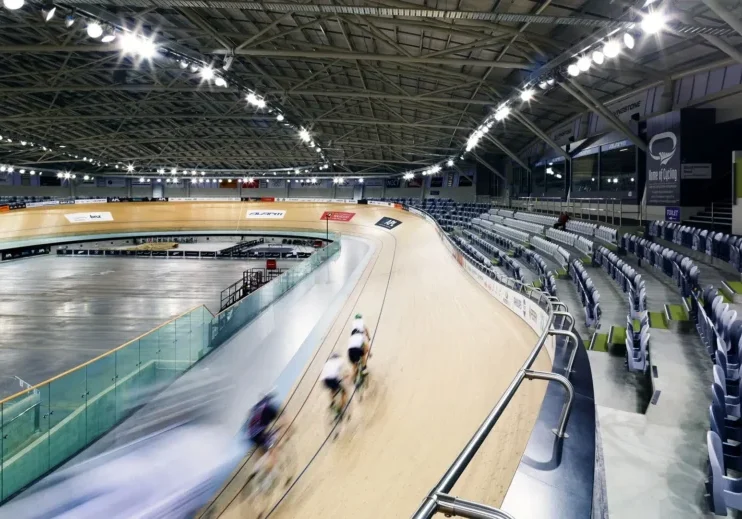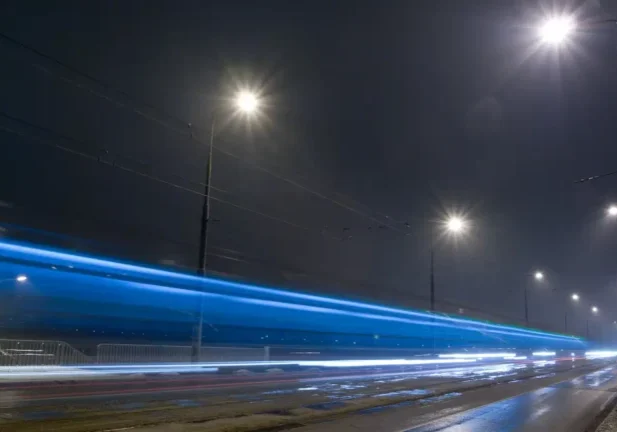As our cities expand and light up the night, another kind of pollution has quietly emerged, one we can’t smell, touch, or hear, but we can certainly see. Urban light pollution is now a recognised environmental issue, impacting ecosystems, human health, and our view of the night sky. The good news? It’s one problem we can design our way out of.
At LDP, we’re committed to urban and town centre lighting that supports both people and the planet. That’s why we’re strong advocates of Dark Sky-friendly design, an approach that aligns with modern urban development while reducing unnecessary light and restoring balance to our built environments after dark.
Understanding the Dark Sky Initiative
The Dark Sky Initiative, led by DarkSky International, is a global movement aimed at protecting the night sky for future generations by reducing light pollution. Its mission promotes responsible outdoor lighting that limits skyglow (that hazy orange halo above cities), glare, and light trespass into homes and natural habitats.
Key principles of the initiative include:
- Using the right amount of light only where it’s needed.
- Shielding luminaires to eliminate upward spill.
- Selecting warmer colour temperatures (ideally 3000K or lower).
- Implementing adaptive controls to reduce energy waste.
The Dark Sky Initiative isn’t about turning cities dark; it’s about lighting smarter.
The Challenge of Urban Light Pollution
Urban centres are ground zero for artificial light at night. From streetscapes and civic squares to waterfronts and transport hubs, artificial lighting is essential for safety, wayfinding, and night-time activation. But too often, legacy systems fall short of modern standards. Outdated fittings, unshielded luminaires, and excessive brightness create environments that are not only inefficient but also environmentally damaging.
Ecological Disruption
Artificial light interferes with natural behaviours in nocturnal species. Birds become disoriented during migration, insects are drawn away from pollination tasks, and turtles and seabirds may even mistake urban lights for moonlight. These disruptions cascade through ecosystems, threatening biodiversity in urban-adjacent environments.
Impact on Human Health
It’s not just wildlife that’s affected. Blue-rich light, especially from older or overly intense luminaires, suppresses melatonin, the hormone that regulates sleep. Poor light exposure at night contributes to circadian rhythm disruption, which has been linked to sleep disorders, mood swings, and other long-term health issues.
Energy Waste and Operational Cost
Excessive lighting is also a drain on resources. Over-illumination means unnecessary energy consumption, higher emissions, and increased operational costs for councils and developers. It also reduces fixture life, adding long-term maintenance costs to an already inefficient system.
The challenge isn’t to stop lighting cities; it’s to do it more thoughtfully. LDP’s approach focuses on applying the right light in the right place at the right time, balancing functionality with environmental and community well-being.
Designing for Dark Sky Compliance in Urban Spaces
Dark Sky compliance begins at the design phase. That’s where lighting design consultations with urban planners have the greatest opportunity to make a difference.
At LDP, we apply Dark Sky-compliant design principles to urban lighting strategies by:
- Targeting illumination only to areas that need it, reducing spill and glare.
- Specifying low-glare, full-cutoff luminaires to eliminate upward light.
- Using 3000K (or warmer) LEDs, especially in residential, park, or coastal zones.
- Integrating adaptive controls (like dimming schedules and motion sensors) to respond to real-time usage.
These strategies not only improve environmental performance but also create more visually comfortable and context-sensitive environments.
Guidelines for Cities Aiming to Reduce Light Pollution
For councils, developers, and urban designers looking to support sustainable lighting practices, here are some practical starting points:
- Audit Existing Infrastructure: Identify over-lit areas, outdated fittings, and high-blue-output luminaires. Prioritise areas like parks, walkways, and coastal zones for upgrades.
- Use Shielded Luminaires: Install downward-facing, fully shielded fixtures to prevent upward light and reduce glare. Look for DarkSky-approved products.
- Specify Warm Colour Temperatures: Keep CCT at or below 3000 K. Warmer light is less disruptive to wildlife and more comfortable for human perception.
- Adopt Smart Control Systems: Use motion sensors, time-based dimming, and daylight harvesting to reduce output when lighting isn’t needed.
- Educate and Involve the Community: Light pollution is often overlooked. Public education on the benefits of dark skies can help build support for retrofits and new developments.
Case Study: Dunedin City Lighting Project
LDP’s Dunedin City Lighting Project is a standout example of urban lighting that supports dark sky principles.
Working closely with Dunedin City Council, we replaced over 14,000 high-intensity discharge streetlights with 3000K LED luminaires, dramatically reducing blue light emissions and energy use. But more importantly, the design prioritised:
- Full cut-off angles to reduce upward spill.
- Lean lighting principles to eliminate over-illumination.
- Special consideration for the city’s coastal birdlife, including avoiding high-glare fittings near breeding areas.

This project earned multiple awards from DarkSky International and remains a model for how urban development and environmental responsibility can go hand-in-hand.
Lighting a Brighter, Smarter Night
The future of urban development doesn’t have to come at the cost of the night sky. With the right expertise, cities can enjoy vibrant, safe, and accessible public spaces without contributing to unnecessary light pollution.
At LDP, we design lighting systems that balance compliance, efficiency, and experience. Let’s build a city where the stars still shine. Contact the LDP team to discuss your next project.

























